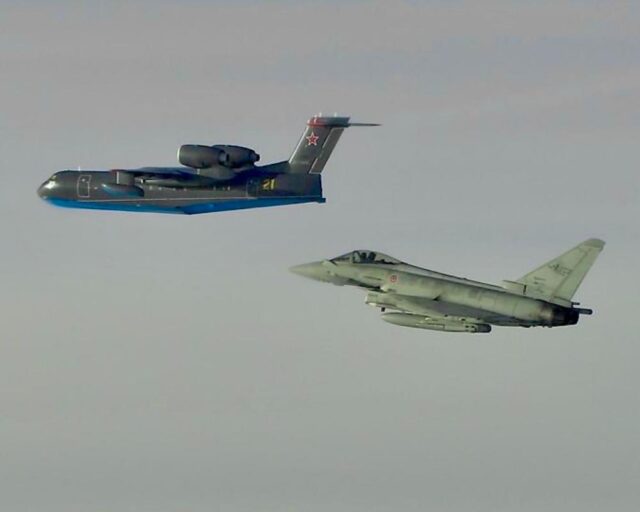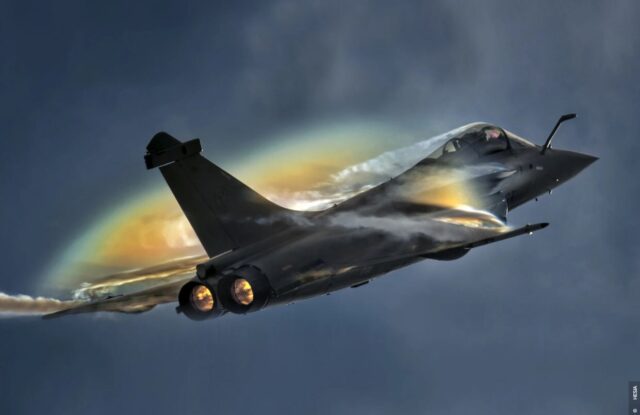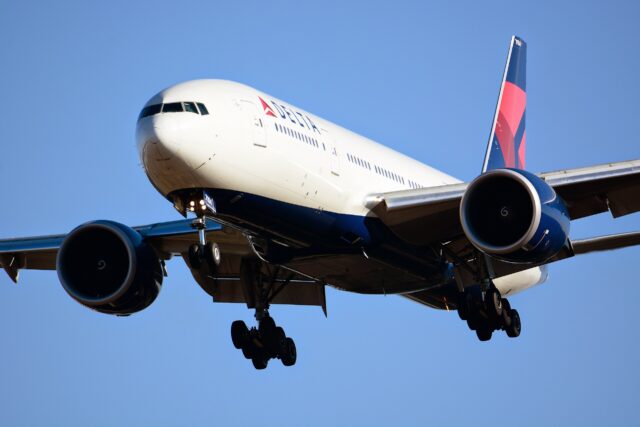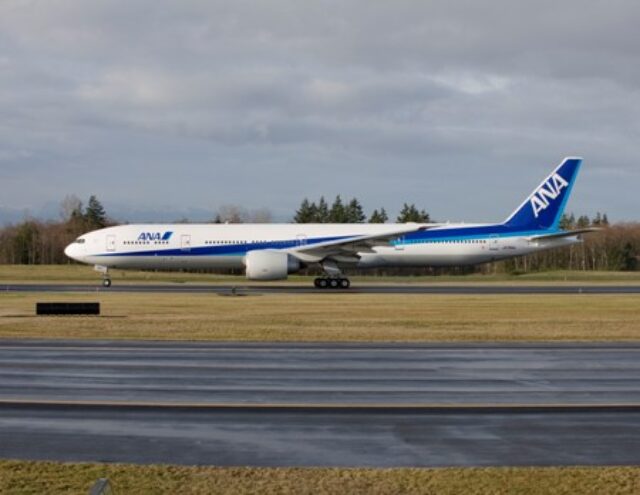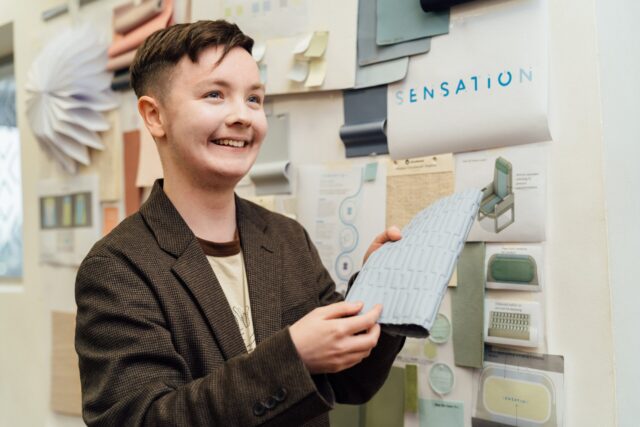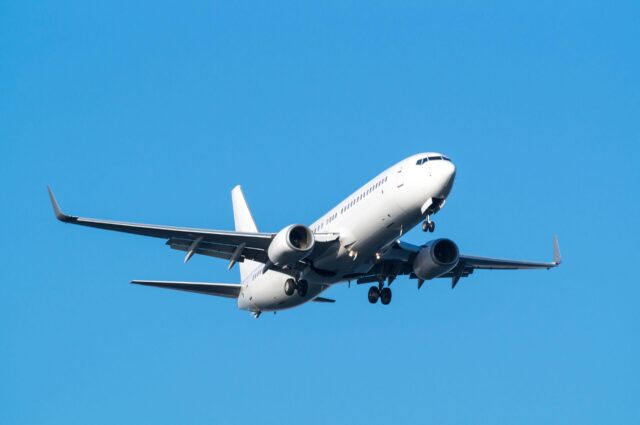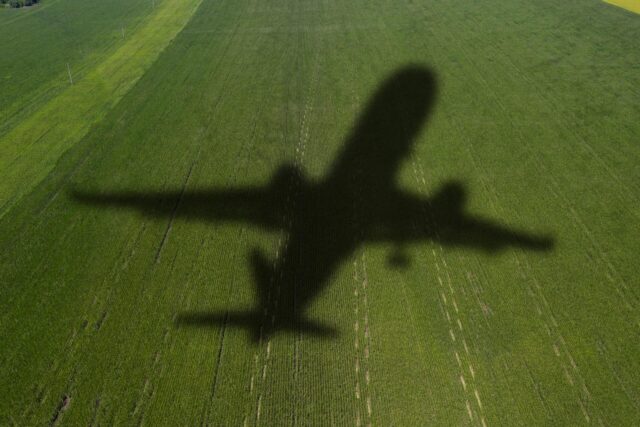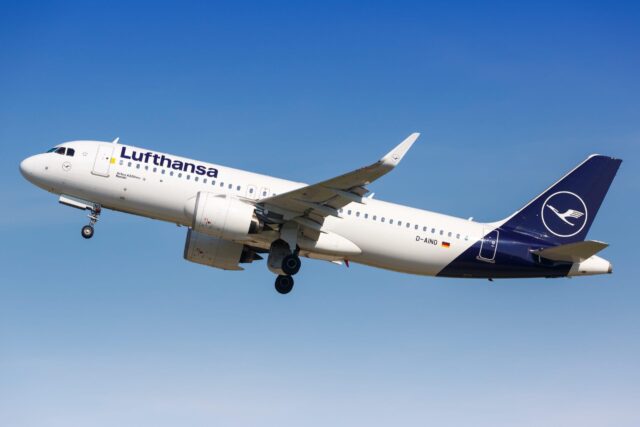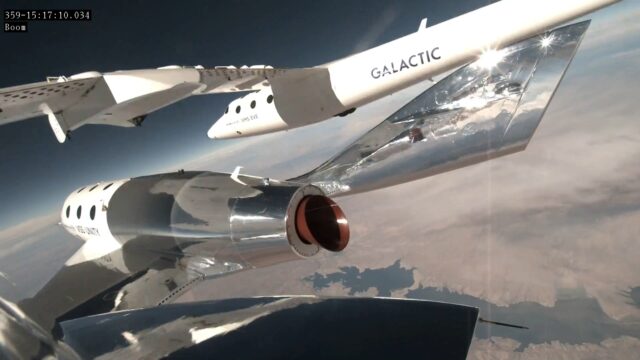First Versailles flight 241 years on: from balloons to eVTOLs

With 19 September 2024 marking the 241st anniversary of the inaugural public display of a balloon (rising into the air from the Palace of Versailles), the pioneering spirit of early aerospace innovators lives on in the latest generation of prototypes to take to the skies from the location. However, from the dawn of the actual aviation revolution to the so-called ‘third aviation revolution’, public demonstration flights of novel aircraft – be they early balloons or eVTOL concepts – carried out in the grounds of the French Palace of Versailles have drawn both acclamation and condemnation.
Rising ambitions
On 19 September 1783, heralded by cannons and watched by King Louis XVI and Queen Marie Antionette, a public demonstration flight of the Montgolfier brothers’ creation – a hot air balloon – rose into the air, taking with it the aspirations of Enlightenment France. Carried aloft by new scientific curiosity and academic endeavour (as well as a lot of hot air), “one of the old dreams of humankind had then been realized, taken from testing a concept to a real flight in the span of a year,” explains the International Civil Aviation Organisation (ICAO).
Fast-forward a couple of centuries to 11 August 2024 and “241 years after the Montgolfier brothers made aviation history, Volocoper completed the world’s first crewed eVTOL flight on the same premises,” explained the German eVTOL developer. As dawn broke against what Volocopter described as the “iconic backdrop of the Grand Trianon and its surrounding gardens,” its tethered VoloCity prototype rose to the skies – albeit lacking the cannon salute that heralded the lift-off of the bright blue and gold balloon (quite fitting for an aircraft priding itself on a noise signature of just 65dB in the cruise).

Uncrewed initial flights
The similarities to the pioneering spirit of that first unmanned balloon flight are many; the differences in execution more numerous still. It is unlikely that the French Civil Aviation Authority (DGAC) would have granted approval for the balloon’s first ‘aeronauts’: a rooster, a duck and a sheep (later discovered, according to anecdotal newspaper reports, to be “not hurt in any way”).
It would be two months before a successive balloon would carry the first human passengers, with the first untethered flight staying airborne for a full 25 minutes in November 1783. Today, uncrewed eVTOL prototypes are typically subjected to extensive remotely-piloted testing before deemed safe to take a human aboard.
It is also unlikely that a modern-day free flight would have been permitted just seven days after the aircraft ripped apart during an initial tethered demonstration (with the balloon’s creator, Étienne Montgolfier, having to hastily repair the damage sustained). Thankfully, safety is now undisputedly first and foremost on the minds of all involved. Additionally, eVTOL flight test campaigns are understandably less concerned about the unqualified effects of flight on human physiognomy and more concerned with their own aircraft analysis – with no animal known to have flown an eVTOL to date.
Public perception remains divided
“These vehicles can serve no use ‘til we can guide them,” wrote esteemed English writer Dr Samuel Johnson, three weeks after watching the balloon’s ascent. “The first experiment, however, was bold, and deserves applause and reward. But since it has been performed, and its event is known, I had rather now find a medicine that can ease an asthma”.
Inevitably, raising awareness – with a stringent focus on the safety of the emerging technology – remains crucial to its ultimate adoption. However, criticism of novel forms of flying inevitably continues. What would Dr Johnson have made of the so-called ‘dawn of the third aviation revolution’? The start of the democratisation of air travel – or, as the Counseil de Paris abruptly phrased Volocopter’s plans to fly during the Paris 2024 Olympics, “a hyper-polluting gimmick for a few ultra-privileged people”?
Thankfully, it’s unlikely that irked local villagers will descend upon any eVTOL making an emergency landing in their vicinity with pitchforks and flaming torches, as befell one of the early balloons. However, scepticism of what many may call an “unproven product” – and the perceived usefulness of its ultimate application – remains a force to be reckoned with some 241 years later.

